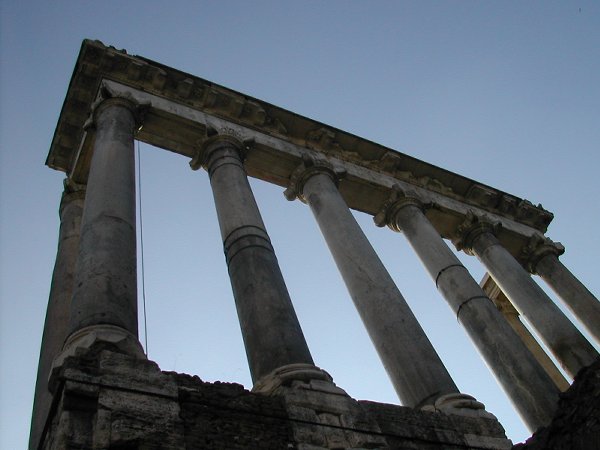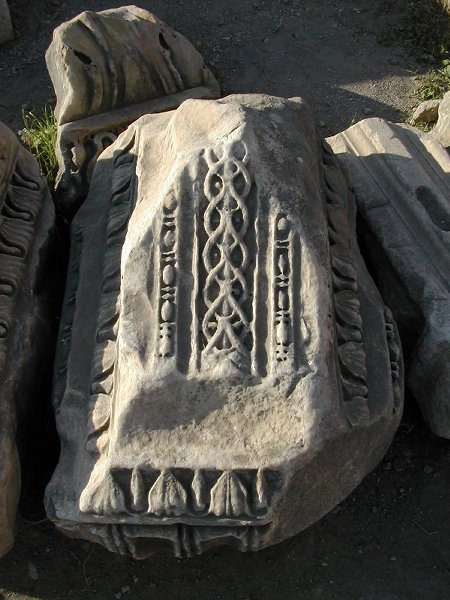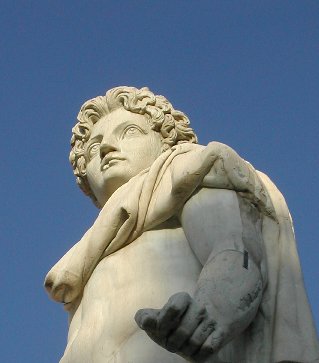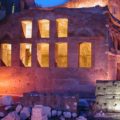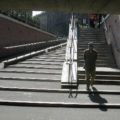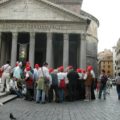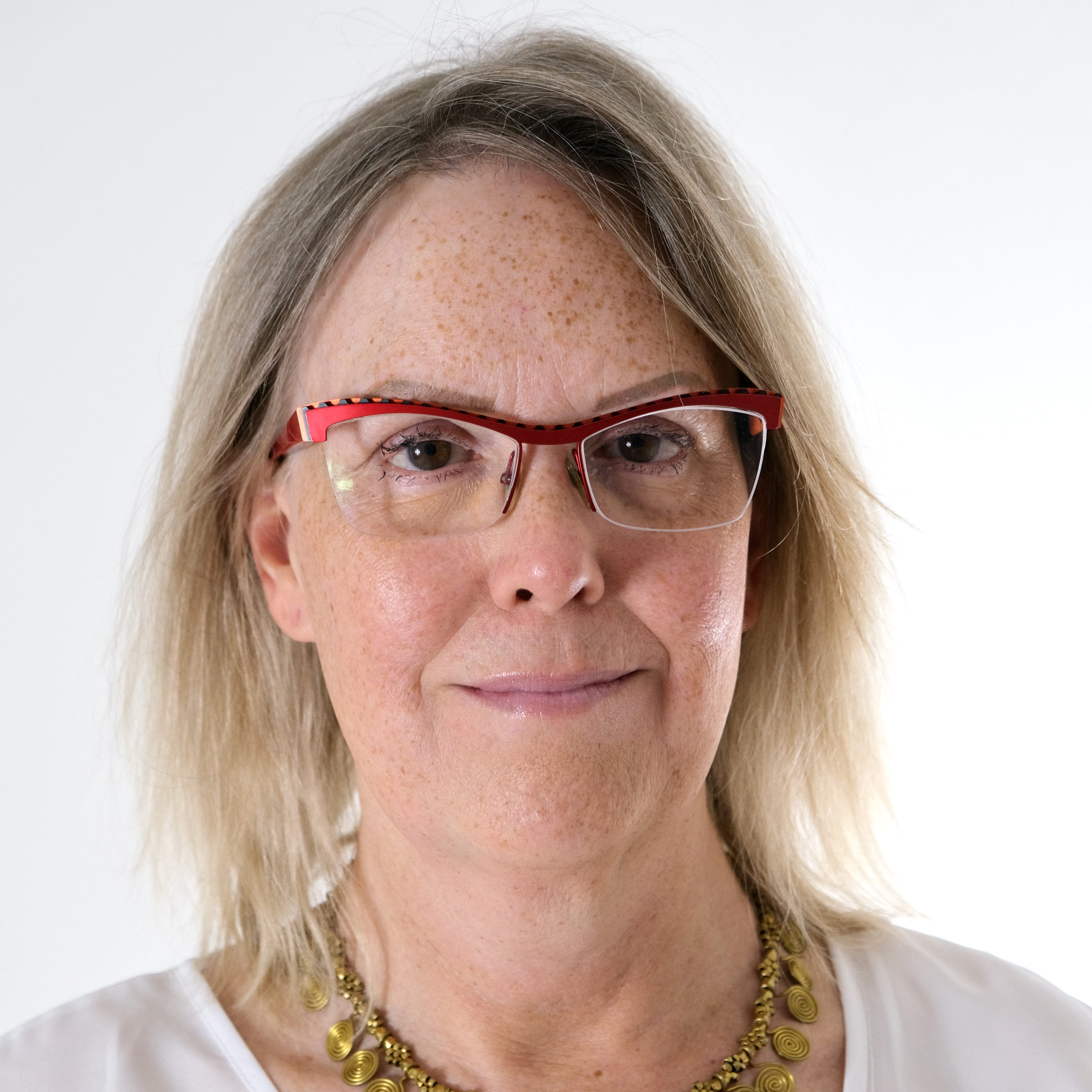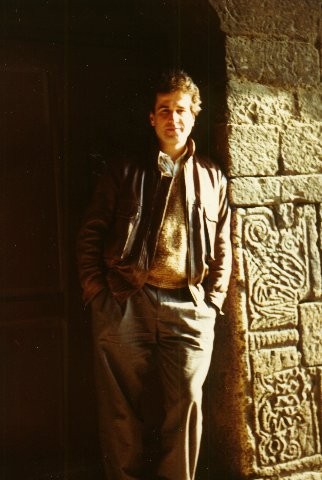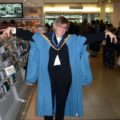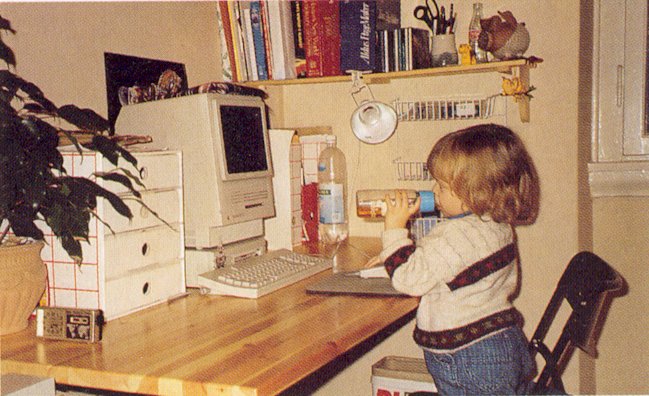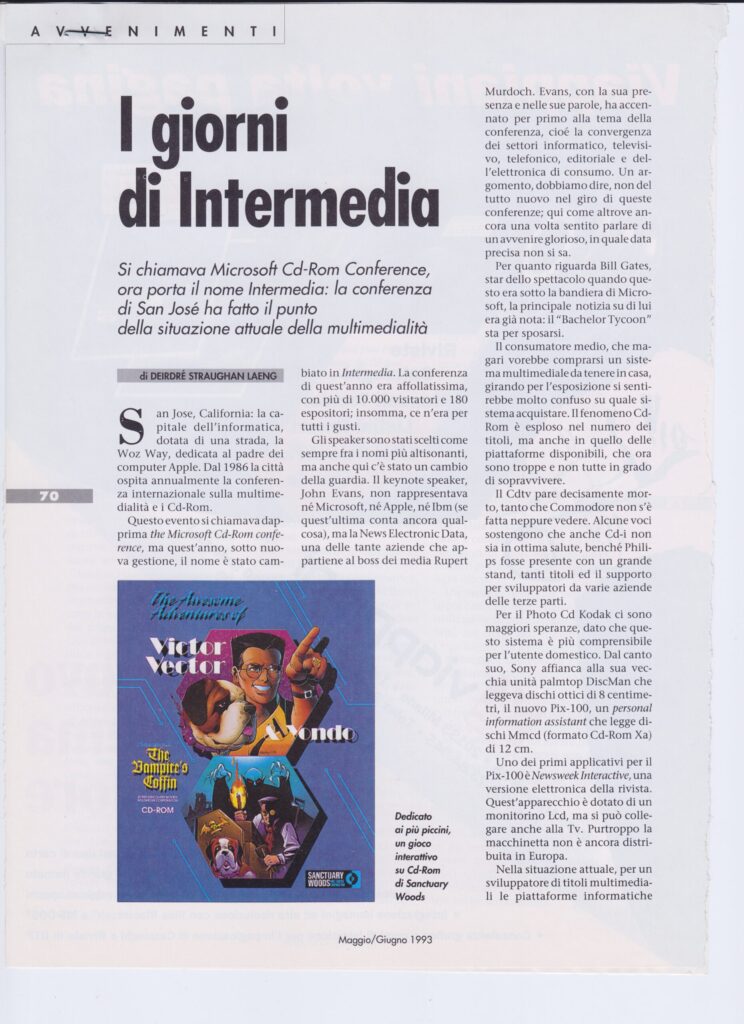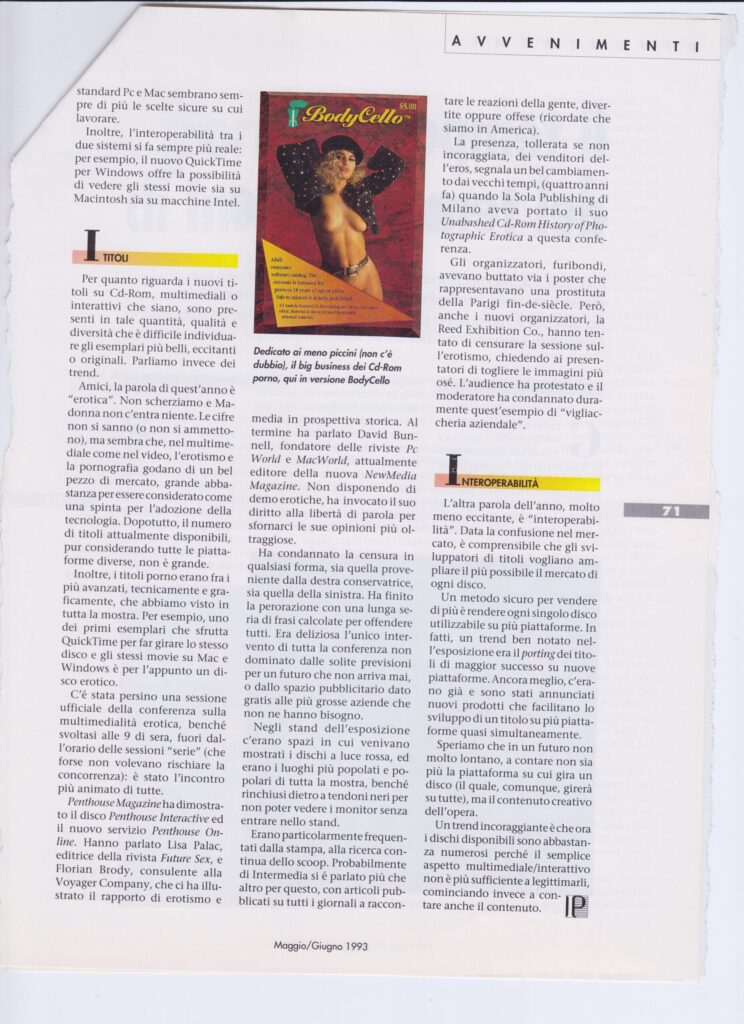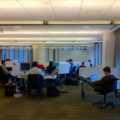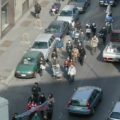Strangely enough, my Italian adventure began in India. In June, 1986, I finished up my study abroad year in Benares. It had been a fun but intense time, and I looked forward to a vacation in Mussoorie, my “home town,” site of Woodstock School. My dad was supposed to join me, having just finished a contract in Indonesia, and we would travel back to the States together. When I got to Mussoorie, I used most of my remaining rupees to rent a house on the Landour hillside. I was just settling in, organizing food deliveries with the various wallahs, getting scorpions out of the sink, etc., when a telegram arrived from Dad: “Not coming to India. I’m broke. Make your own way back to the US.”
Umm. This presented difficulties. I did have a return ticket, but we were now in the airlines’ peak season, so I’d have to pay a $100 premium to leave right away. Which was a lot of money in India then, and I didn’t have it. There was no prospect of getting the rent money back from the landlord, nor did I have enough cash to stick it out in Mussoorie til the end of peak season. So I went to Delhi, sold my beloved Nikon, and booked a flight out. I used more of my scarce cash to call my friend Julia at Yale. (We had seen each other the summer before, when she was just returning from her own study abroad year, in Italy, and I was just leaving for Benares.)
“I’m arriving in the States flat broke,” I said. “Please rescue me.”
“Of course,” she said. What are friends for?
I flew into New York on July 6th with $32 in my jeans pocket. Julia’s dad picked me up at Kennedy airport and took me to his home, where I stayed for two weeks, doing odd jobs at his printing company in Darien, CT. I figured I should earn enough to get back to Austin, where most of my stuff was, and I could live with my aunt Rosie til I figured out what to do next.
Julia was spending the summer in New Haven, so I took the train up from Darien to visit her. My return to the US had been so abrupt that she already had a full social schedule for the weekend, and all I could do was fall in with that.
“We have to have a picnic with this Italian guy,” she said, “because I told him I would. I think he likes me, but I’m not interested.”
I shrugged. Whatever. But I had time on my hands, Julia being off at an audition, so I baked banana bread. I had missed cooking in Benares.
When Enrico arrived, Julia introduced us, and I was careful to pronounce his name precisely, rolled R and all; it was oddly important to me to get it right. I don’t know what he saw when he looked at me; something exotic, no doubt: my hands were decorated with henna, a parting gift to myself in Delhi. The three of us picnicked in East Rock Park; Enrico loved the banana bread. After lunch he climbed a tall pine tree.
“Do you think he’s doing this to impress me?” asked Julia.
“No, I think he’s doing it because it’s fun,” I replied.
We parted in the afternoon knowing that we’d meet again in the evening; Enrico and Julia had both been invited to a party by a mutual friend. But Julia received a last-minute invitation to a classical music concert that she couldn’t bear to miss.
“Do you mind if I go? You can go to the party with Enrico.”
No, I didn’t mind.
I met other people at the party, but don’t remember them. Susan, now a family friend, years later said about that evening: “I had just broken up with someone, and had my eye on Enrico, but when I saw you two together, I knew there was no chance.”
We left the party for a concert on the New Haven Green, where we ran into Gabriel and Inger, friends of Enrico’s. The four of us went to a disco in Gabriel’s car, and stayed very late – the club provided a breakfast buffet. I kept trying to call Julia to let her know I wouldn’t be back that night, finally reached her around 3. “I’ll just crash at Enrico’s,” I said.
We did more than just crash. I guess I’ll never be able to lecture my daughter about not kissing on the first date. Oh, well. I never did play by The Rules, and look where it’s got me.
The next day I went back to work in Darien, not sure how to regard the events of the weekend. Just a fun fling, I first thought. Then Enrico began calling: “When are you coming back?”
It took several months. I first returned to Austin, where I realized that I actually had enough credits to graduate from the University of Texas with a degree in Asian Studies and Oriental & African Languages & Literatures (double major). I didn’t need to stay in Texas, and the economy was in a slump, so there didn’t seem much point. I might as well be… somewhere on the east coast?
My next port of refuge was with family friend Donna and her teenage daughter, in the Virginia suburbs of Washington, DC. I stayed with them for several months, working temp jobs to stay afloat. I looked for the cheapest possible way to get to New Haven, and found a ride board in one of the Congressional office buildings. A Federal employee with a large car drove every weekend to his other home in New York state, to tend his garden on the Hudson River. For a share of the gas costs, he’d get me as far as NYC, where I could catch a commuter train into Connecticut.
Also riding in the car that Friday was a woman with a wild history that she was eager to share with us. She was an anthropologist who had studied the Coptic Christians in Egypt, and for years had been the mistress of the prince of all the Copts. She told us lots of interesting things. The poor, mild-mannered Federal employee shrank into the leather seat of his Lincoln, turning various shades of crimson.
“So why are you going to New York?” she finally asked me. I explained that I was going to visit a graduate student at Yale with whom I might be starting a relationship.
“Oh, you can do better than that,” she said. “Let me fix you up with a rich man.” I declined, and continued on my way to New Haven.
Some weeks after this, I landed a “permanent” job as an administrative assistant in the political department of the American Consulting Engineers Council. (Which was an instructive look into the workings of K Street, but that’s another story.) The office overlooked a green square, diagonally across from a Washington Metro stop. So, when Enrico came to visit, he took the train to Penn Station, and then the Metro to meet me at the office. I waited eagerly, looking down from our 5th-floor window, and recognized him across the square by his walk. The thought floated into my mind: “That’s the man I’m going to marry.”
And I was right, though it took him another 18 months to figure it out.
